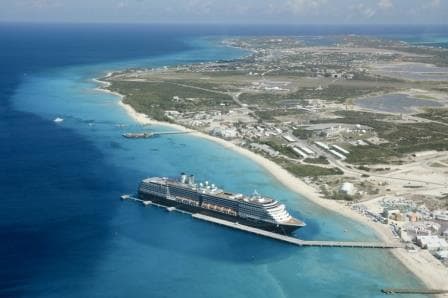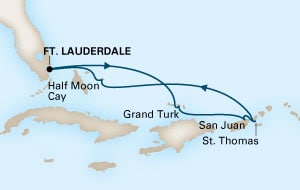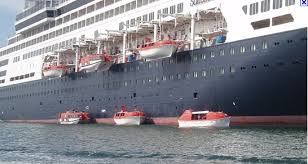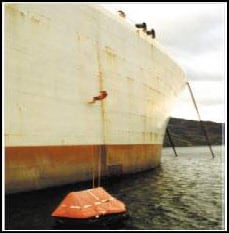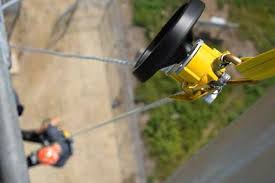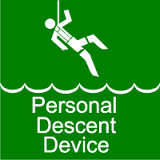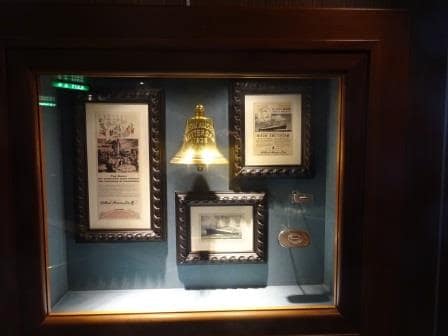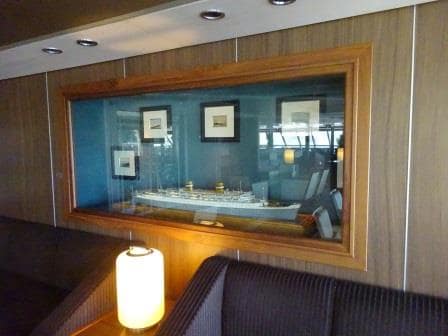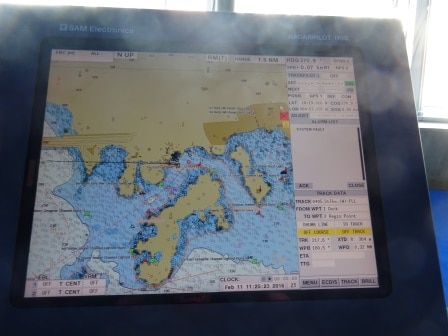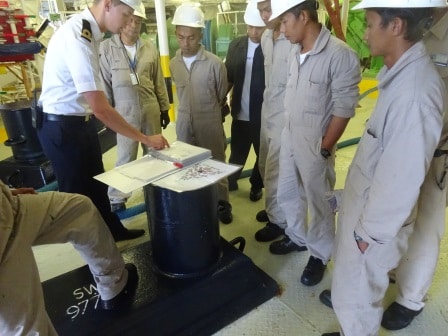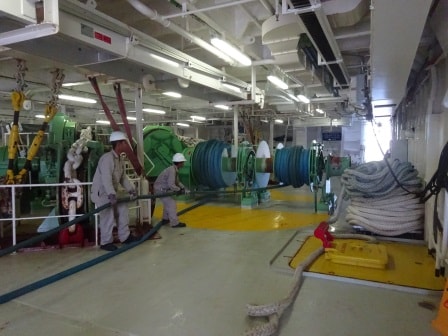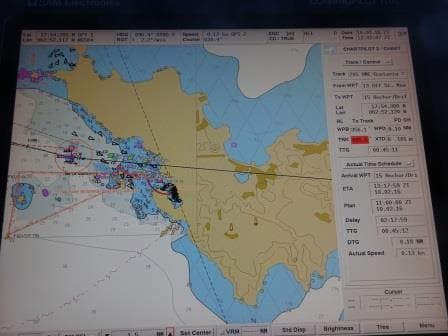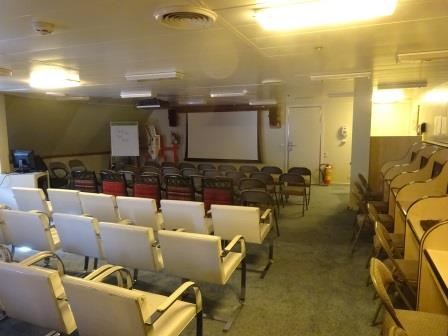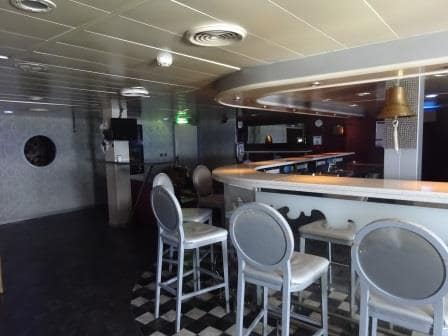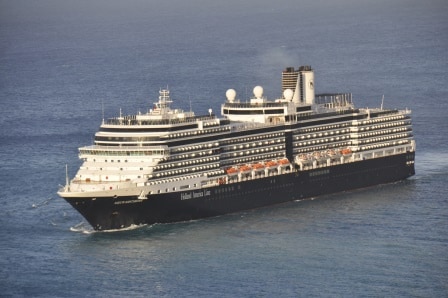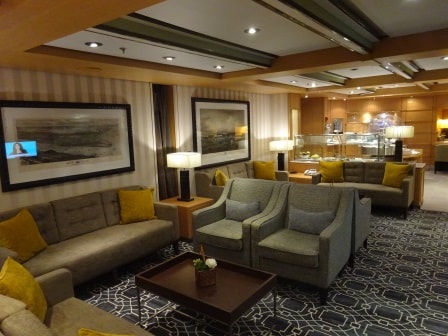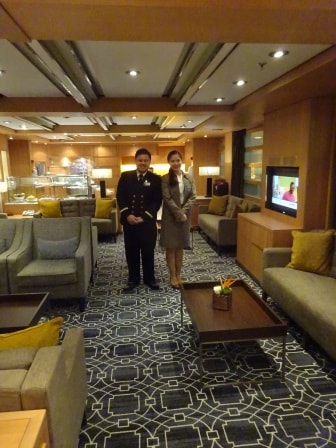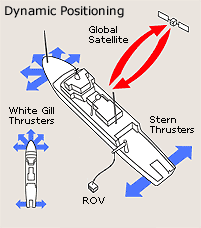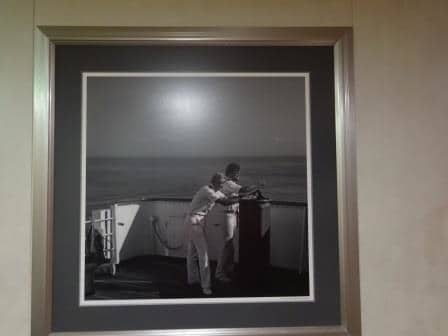It did not look very nice early this morning when the ship approached the dock. Blustery winds and squalls to the south of the island. Luckily at 7 am when the ship made its approach there was a “window of opportunity” as they call it and the ship could slip in. Then Weather Gods decided that Grand Turk had had enough rain and the squalls disappeared, leaving a sunny but windy day. As the beaches are on the West side of the island close to the specially built resort that goes with the dock, this area was in the lee of the island and that made it very nice. As the island is very low, the ship does not have the advantage of that little bit of lee so the blustery wind kept playing around the ship. The bridge was extra vigilant today with an officer posted on the bridge wing permanently to monitor the situation in case the lines would break. But the swell did not become worse as the wind angle was just right and we could happily make our call.
Today the whole ship was on the march as it was time for our monthly General Emergency Drill. Every week 25% of the crew goes through regular safety training and then at the end of that cycle the whole crew goes through the three step General Alarm sequence. We have to do this as Solas requires for each crewmember to participate in a Fire Drill once a month. This regulation has been made mainly with cargo ships in mind where the whole crew should be proficient in fighting fires. Cruise ships with their much larger crews have specialist groups to do so; the fire teams. Thus for us the stipulation does not make much sense. The chance that a front office lady will put on a fire suit and run into a fire with a charged hose is zero. Still the stipulation is there and thus we do the full 3 step alarm cycle once a month.
The majority of the crew might not actually fight a fire but they will go through the assembly routine of where they would have to report, If there was a fire.
With a ship the size of the Nieuw Amsterdam and with nearly 900 crew on board, that is quite a happening. First there is A. First Stage Emergency alarm. The specialist teams are alerted to deal with the emergency. Crew not involved are now on high alert, waiting for orders. If the emergency (fire or flooding) is more difficult to control, the B. Crew Alert Alarm will be sounded and now all crew will get involved. If not having a special function to execute they will report to a safe assembly location so they are out of the way of the fire / emergency.
If then the situation still is still not under control, the C. General Emergency Alarm would be sounded and all crew would march to their life raft stations. Before this would happen, the Guests would have been taken care of first of course.
During the first alarm the Guests do not do anything and 99% of all issues on board a ship can be controlled/dealt with in this way. The 1% which cannot be controlled might necessitate the sounding of the Crew Alert Alarm. Guests are now requested (nice word for being ordered) to go to their cabin and to get ready to go to the lifeboats if needed.
If the emergency is not solved under this standby alarm, then the Guests will be directed to go to their lifeboat stations as soon as the 7 short and 1 long blast on the whistle have sounded.
This three step alarm has been initiated to give everybody sufficient time to prepare and the more time there is, the less chance there is for panic to occur.
Thus we went through the whole cycle this morning, with only a few crew excused for operational reasons. I had my officers shadow the various teams to pick up as many clues as possible for future use, because as soon as their work assignment comes in, they will be doing it.
What amazes me the most is for the kitchen to be able to still open the Lido Restaurant on time (11.30 hrs.) while the majority of the cooks were out of the loop and in the drill from 10.30 to 11.25 hrs. With fluffy rice and crispy sweet and sour at the Far East Counter. They know something I do not and they keep it very quiet in how they do it.
We sailed at 15.00 hrs. and after leaving stern first from the dock, sailed around the north side of the island. Tonight and tomorrow morning we will be at sea and then by noon time we should be entering San Juan Harbor.

